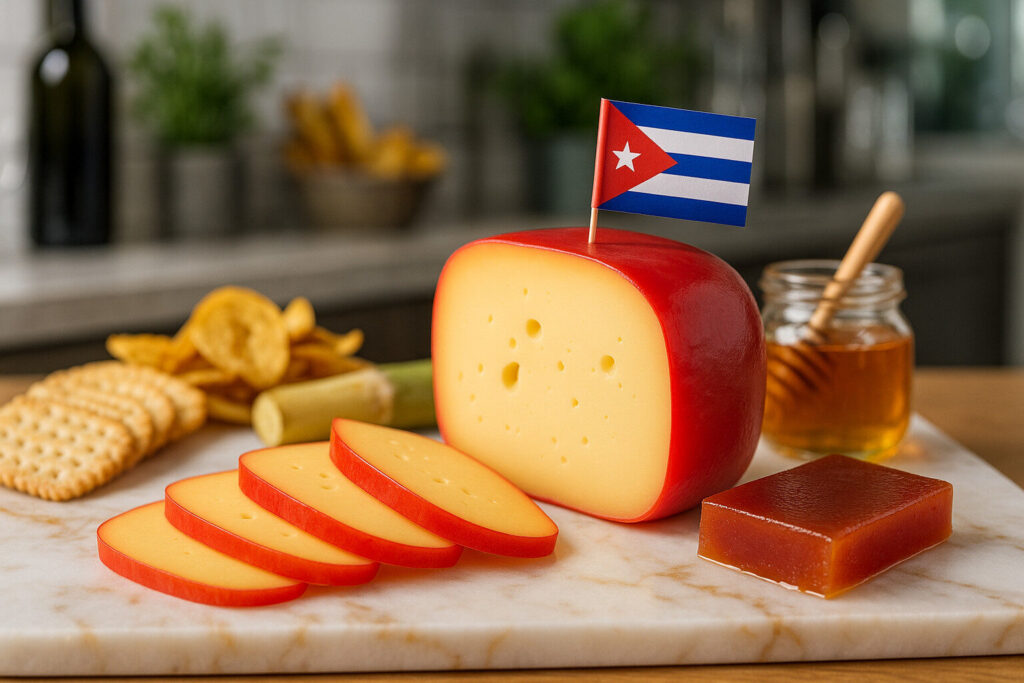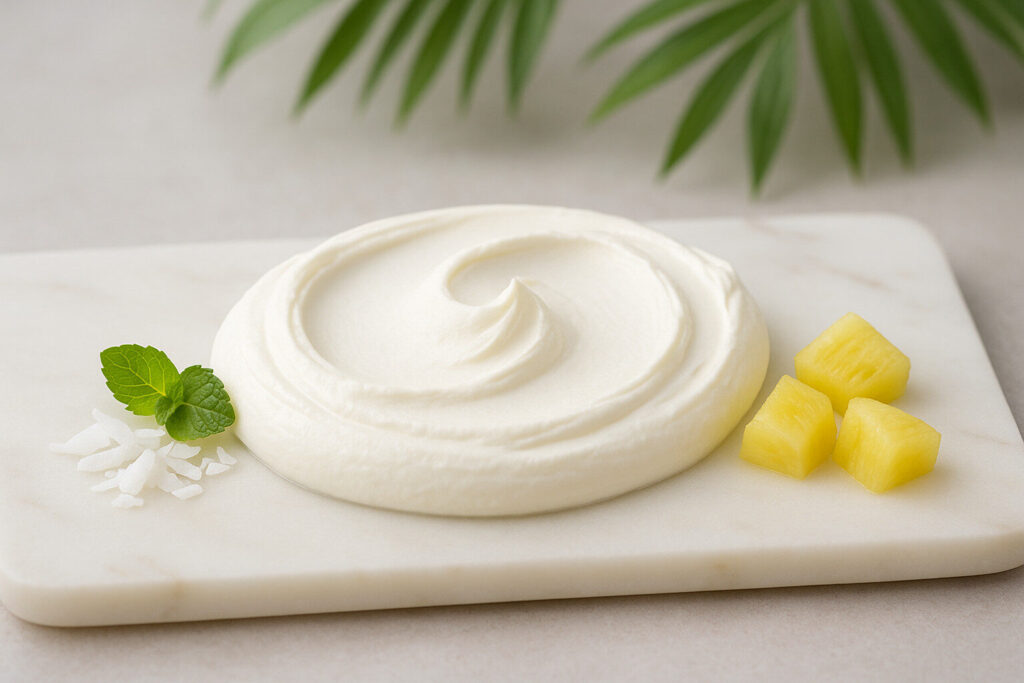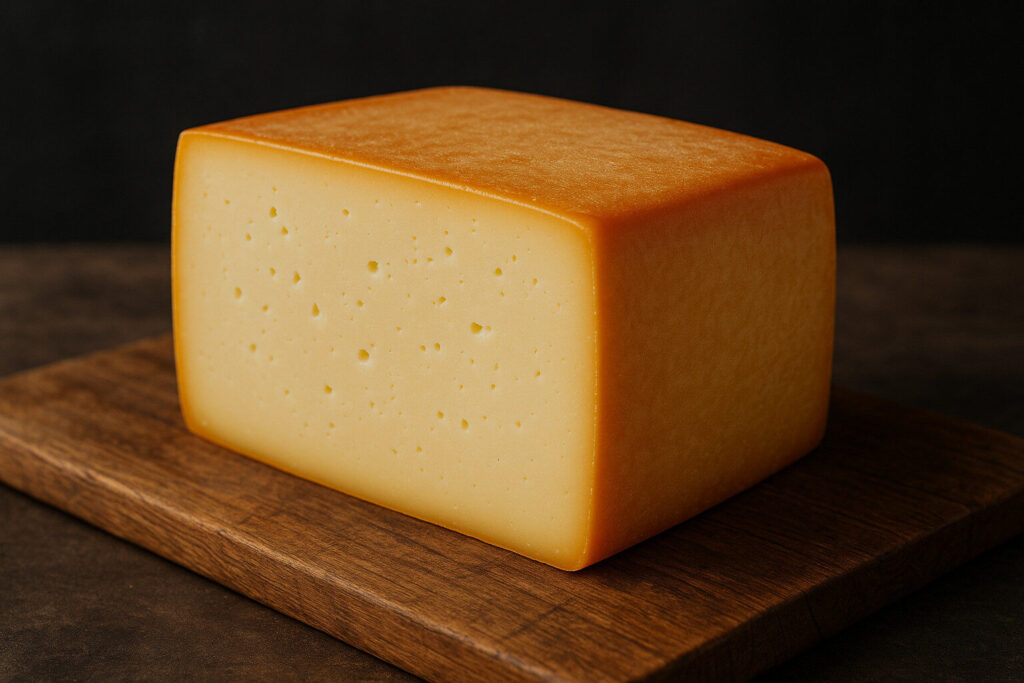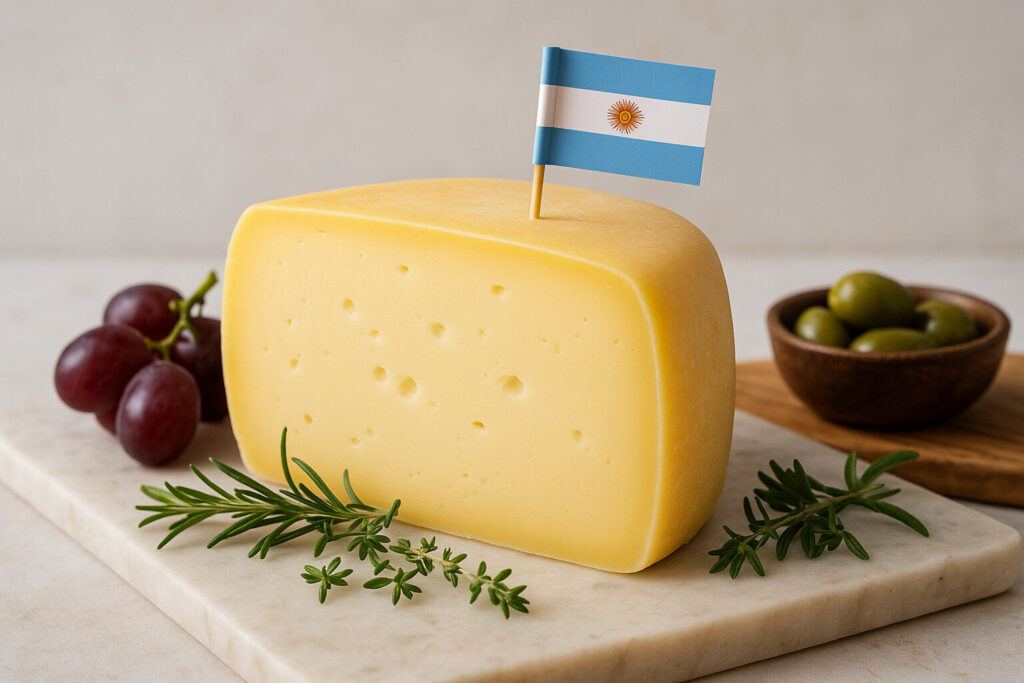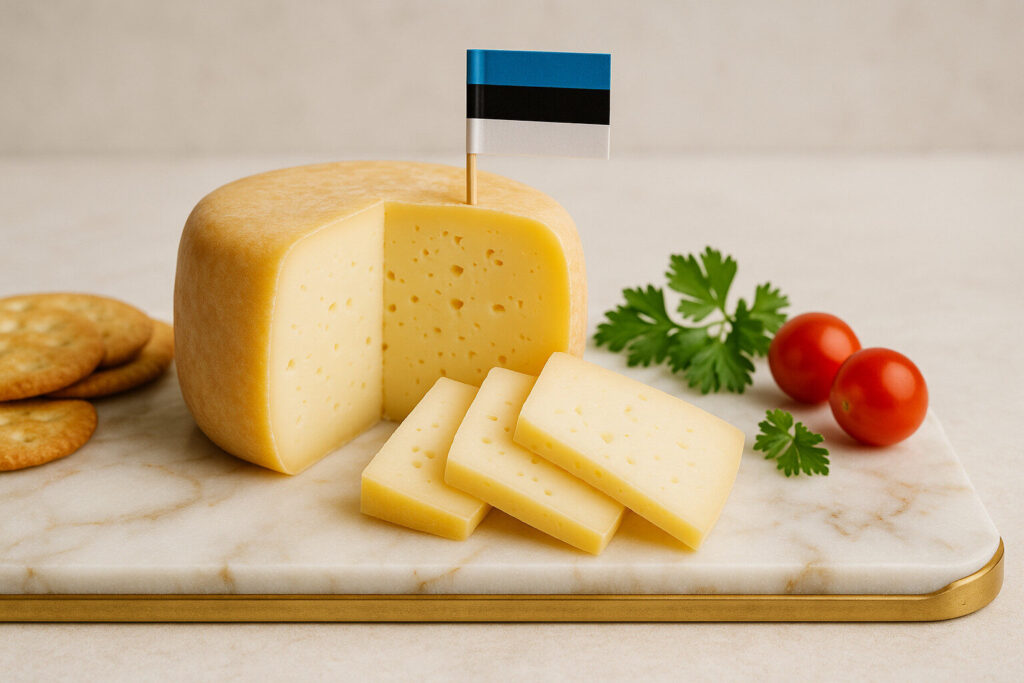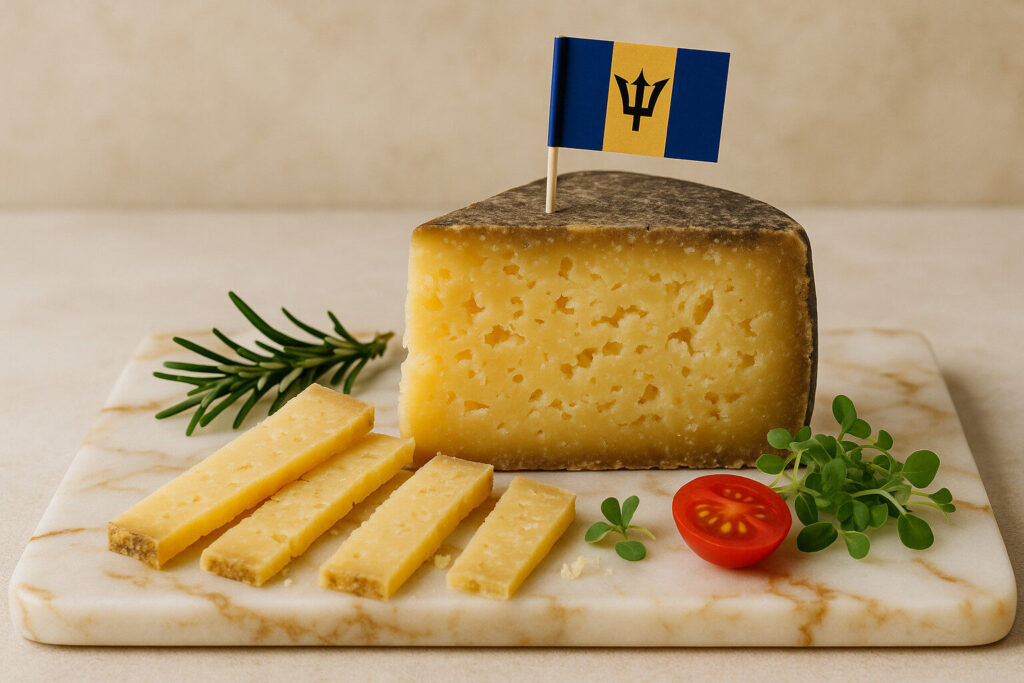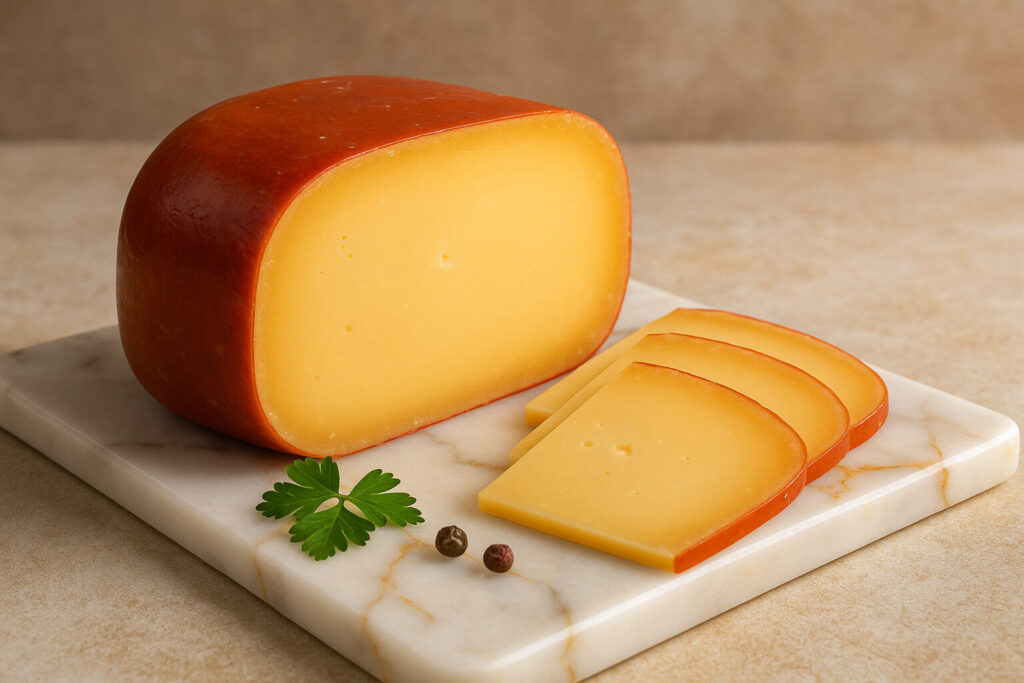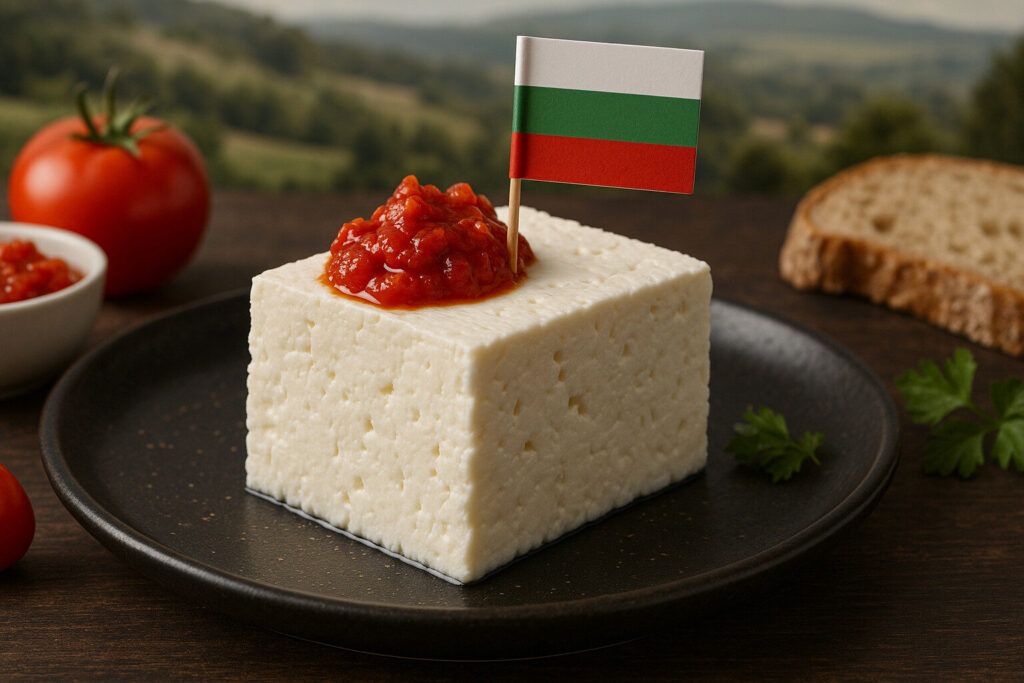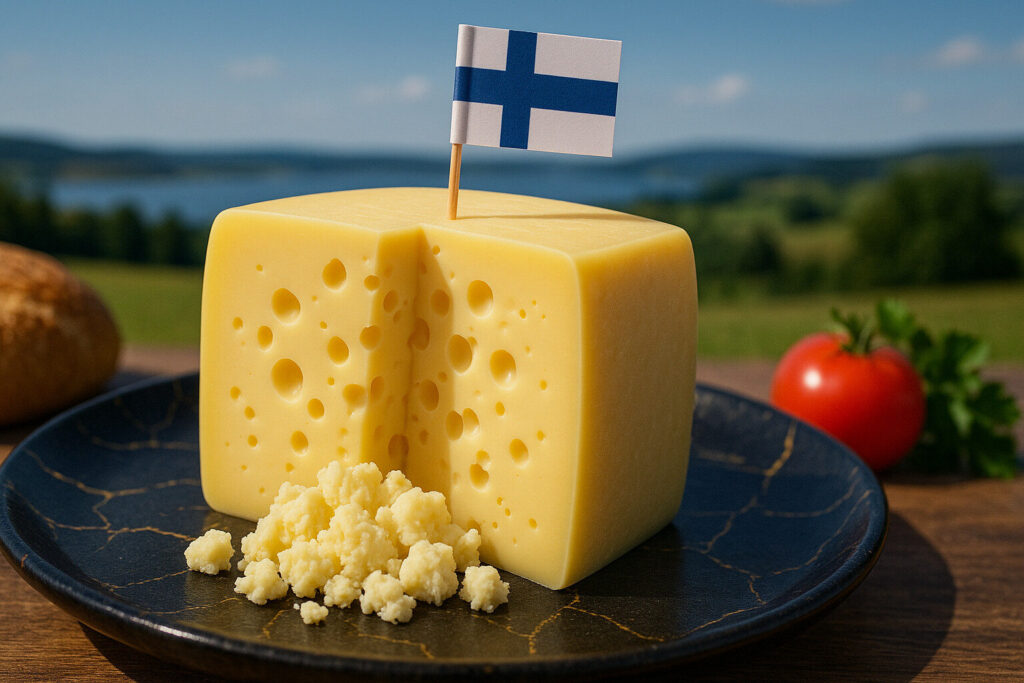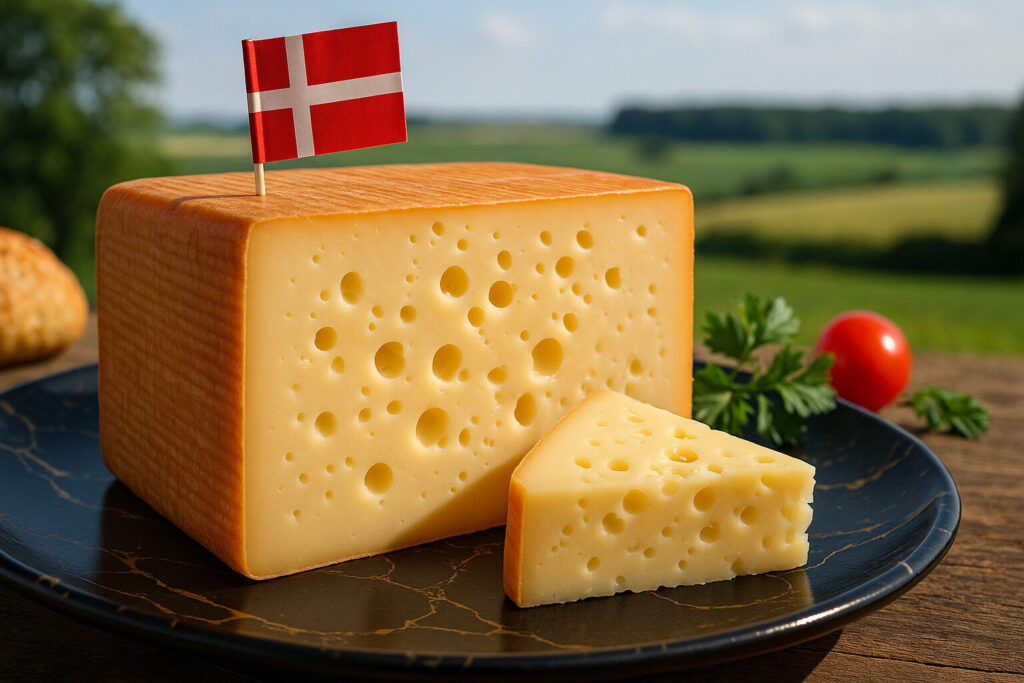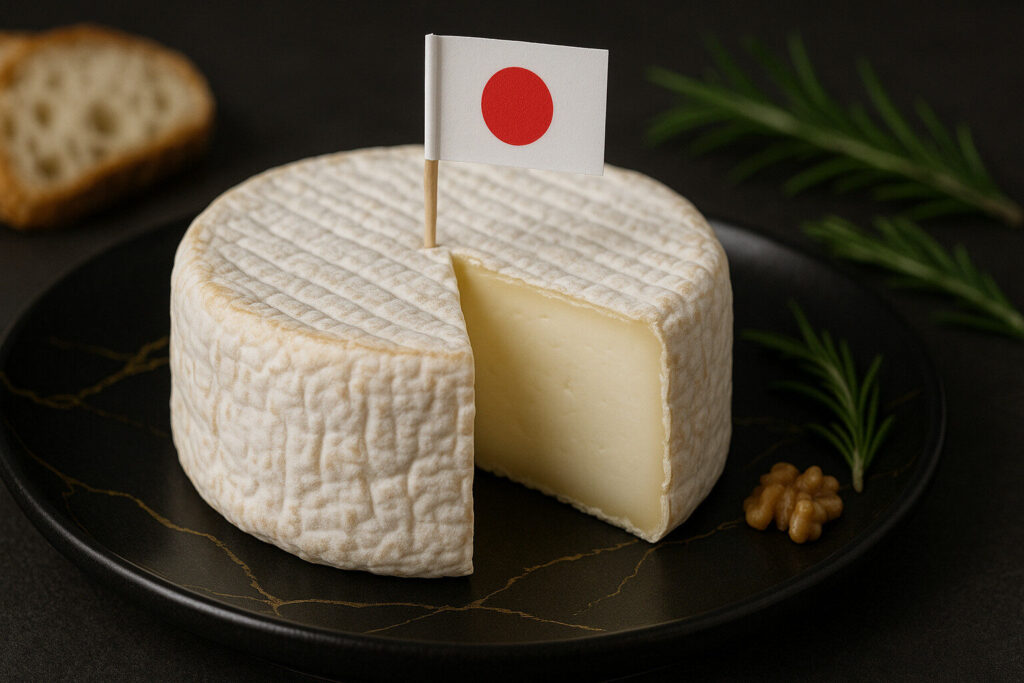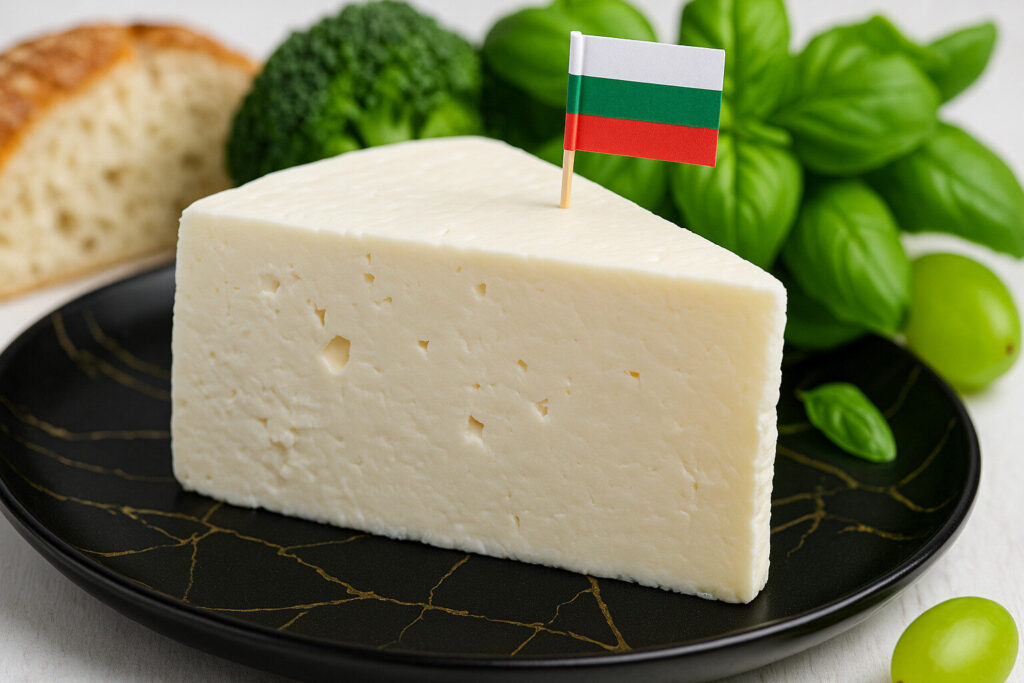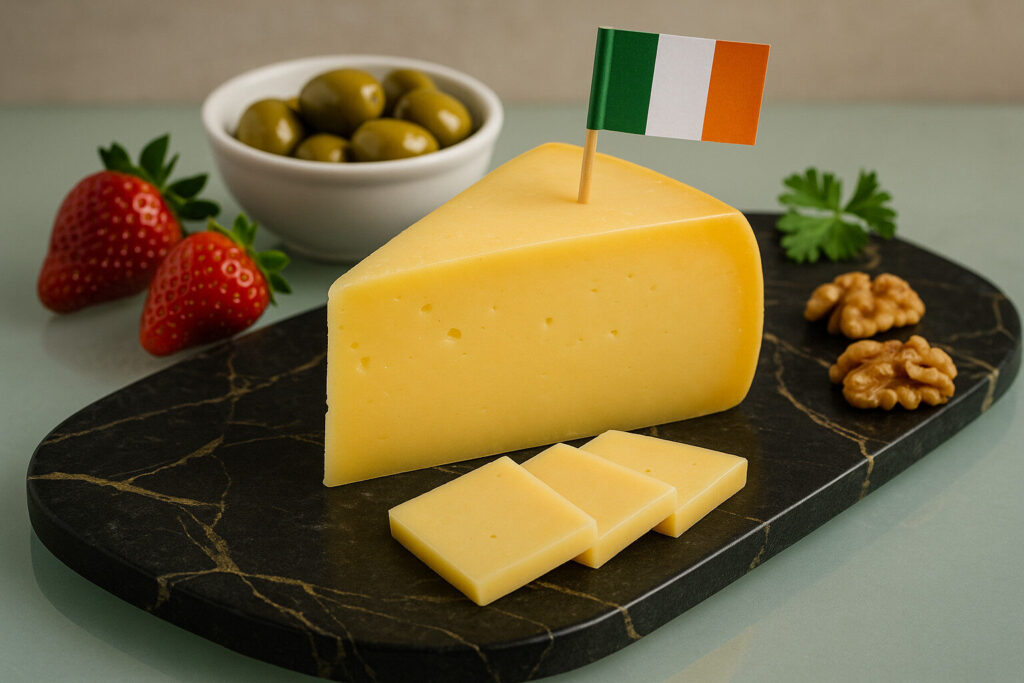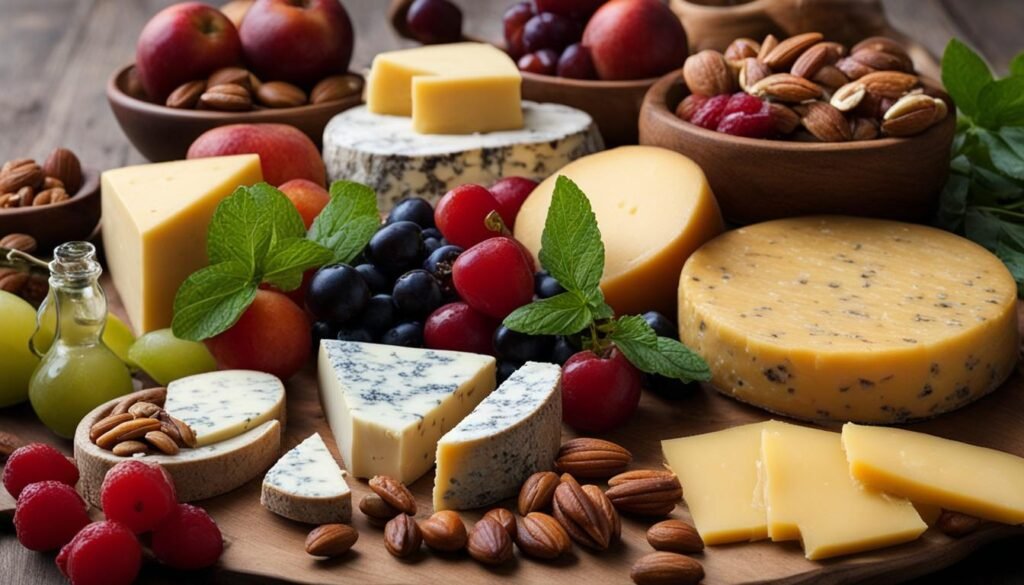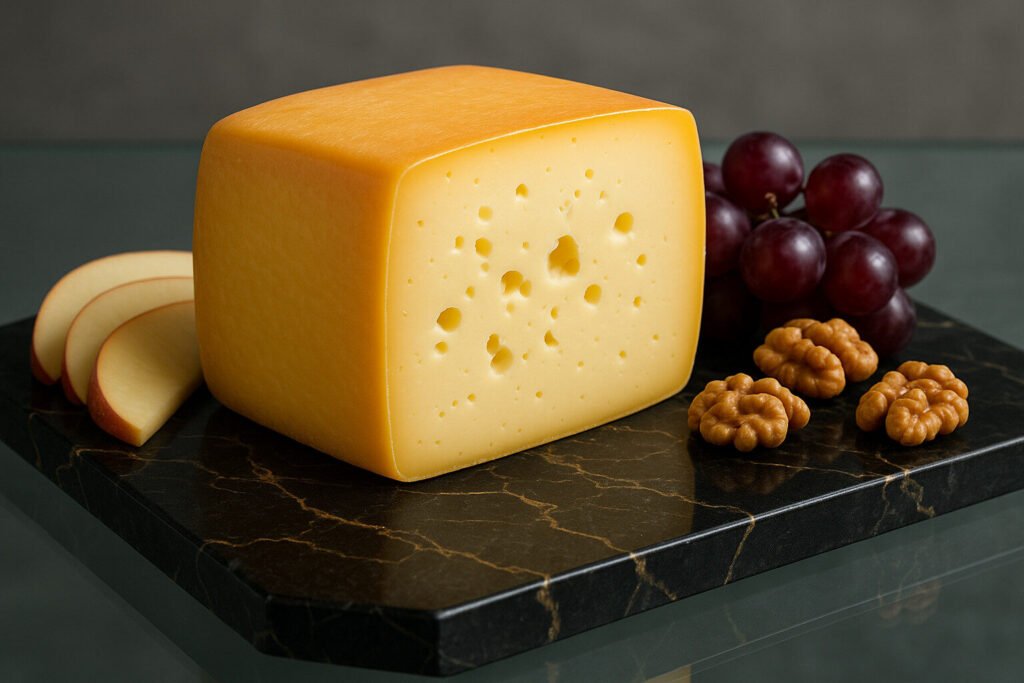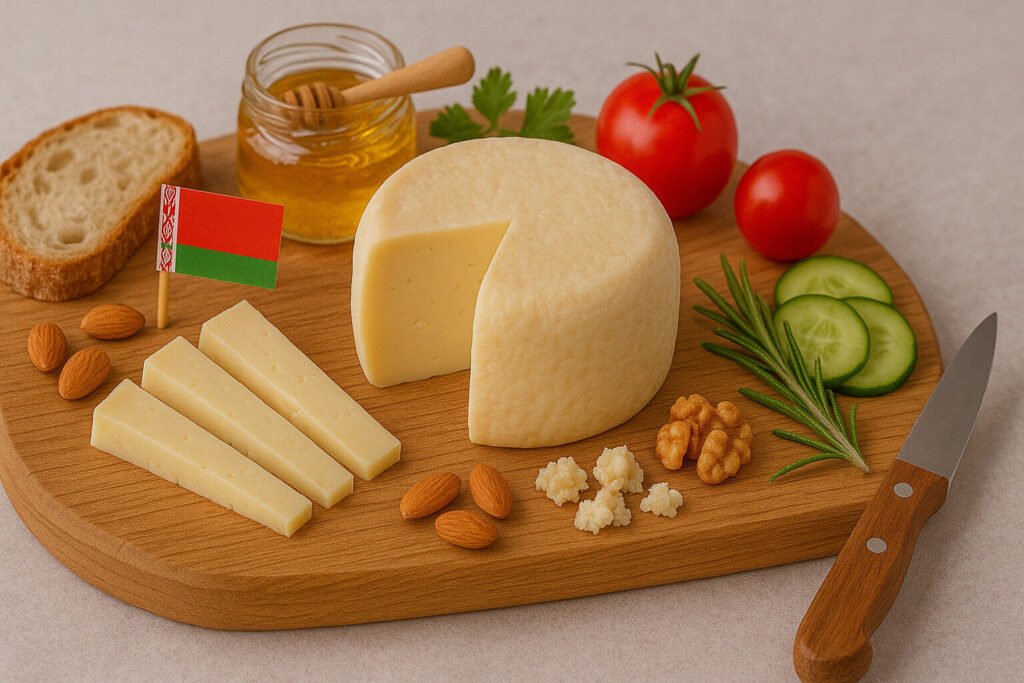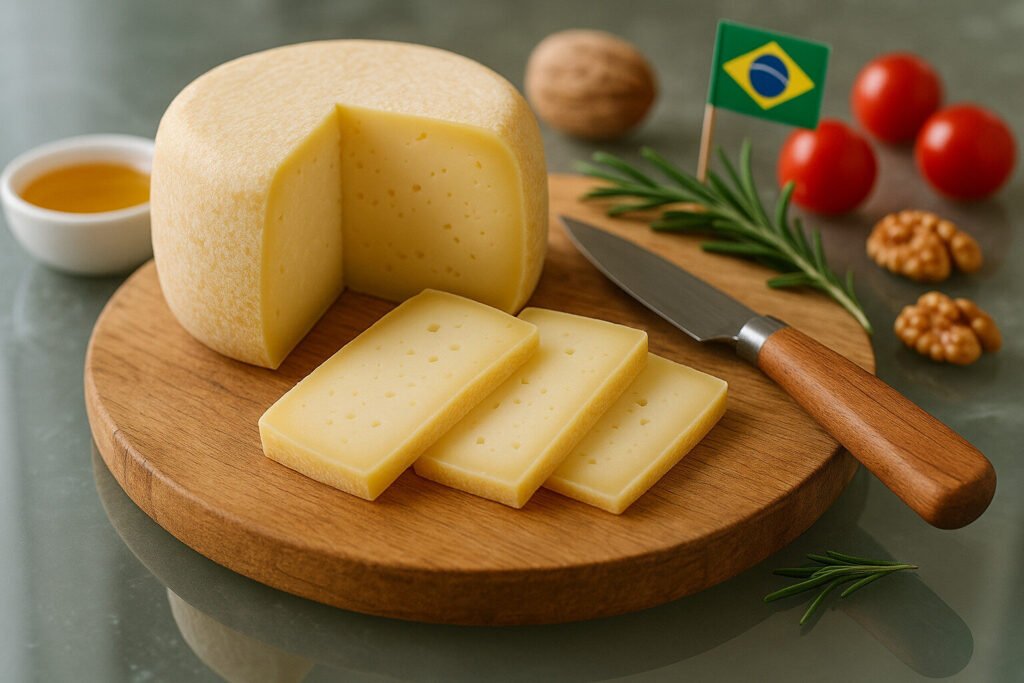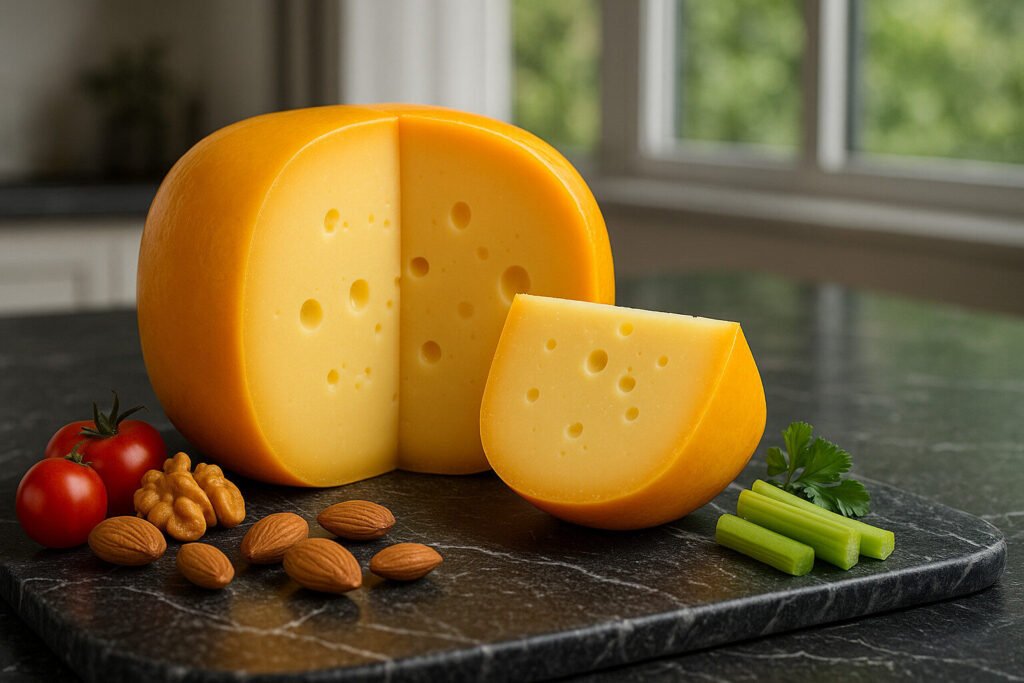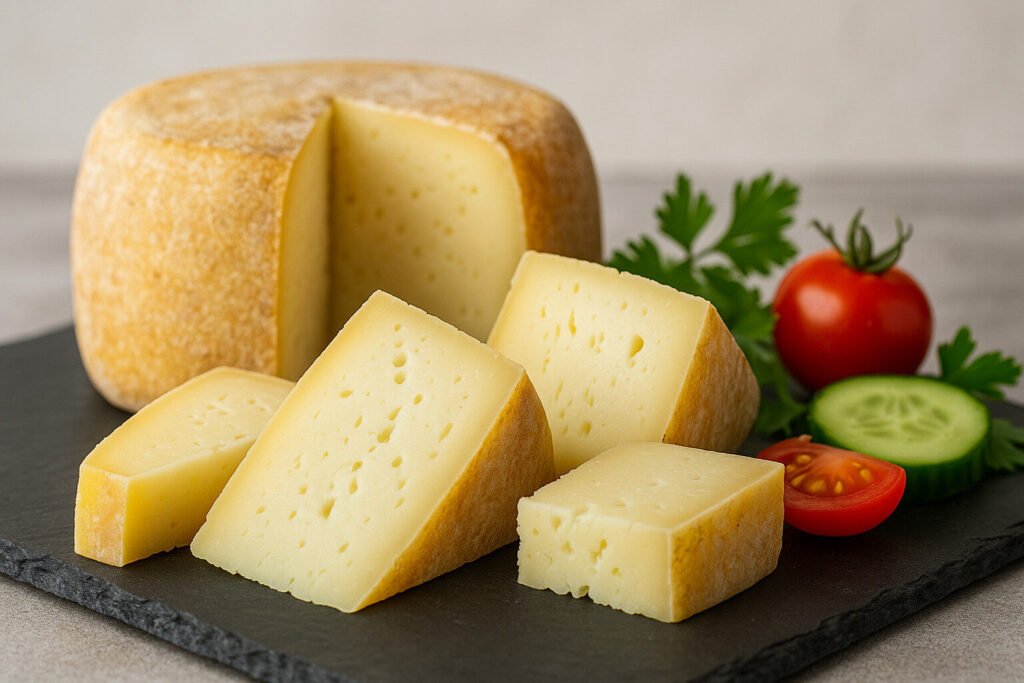Buttery Cheese
Defining Buttery Flavor
Buttery flavor in cheese describes a rich, creamy taste reminiscent of fresh butter. This characteristic is a key sensory property in cheese taxonomy, often associated with high-fat varieties. It results from specific compounds like diacetyl produced during fermentation. The flavor profile is a deliberate quality in many cheese styles.
Its presence is measured and categorized during professional sensory evaluation. Cheesemakers carefully control parameters to achieve this specific attribute. The buttery note can range from a subtle background hint to a dominant taste. This makes it a versatile and sought-after property across multiple cheese categories.
Production Techniques
Buttery flavor develops primarily through bacterial fermentation during cheesemaking. Specific cultures, particularly mesophilic starters, produce diacetyl as a metabolic byproduct. The temperature and duration of the fermentation process are precisely managed. This control ensures optimal development of the desired buttery compounds.
Cheese moisture content and fat percentage significantly influence buttery flavor intensity. Higher butterfat content naturally enhances this characteristic through fatty acid breakdown. Aging conditions can either preserve or transform these flavor compounds over time. Some techniques involve washing curds to promote specific bacterial activity.
Sensory Profile
The buttery flavor profile presents as smooth, creamy, and mildly sweet on the palate. It lacks the sharpness or tanginess found in other cheese flavor categories. This characteristic often accompanies a supple, pliable texture in the finished product. The flavor tends to be most prominent when cheese is served at room temperature.
Professional graders assess buttery flavor using standardized sensory evaluation protocols. It typically registers in the mid-palate rather than as an initial taste impression. The flavor should be clean without rancid or oxidized off-notes. Properly developed buttery character provides a lingering, pleasant aftertaste.
Culinary Applications
Buttery cheeses perform exceptionally well in cooking applications requiring meltability. They provide rich flavor foundations for sauces, soups, and baked dishes. Their mild profile makes them versatile for pairing with various ingredients. These cheeses often serve as introductory options for those new to artisan varieties.
In cheese boards, buttery varieties complement acidic fruits and crisp wines beautifully. They balance stronger flavored accompaniments like cured meats and pungent condiments. Their texture makes them ideal for spreading on breads and crackers. Many chefs use them as base components in compound butters and cheese spreads.
Regional Examples
French Triple-Crème cheeses like Brillat-Savarin exemplify the buttery flavor category perfectly. These high-fat varieties undergo specific aging processes that enhance their creamy characteristics. The protected designation of origin system ensures traditional methods preserve this quality. French affineurs have perfected techniques to maximize buttery development.
Italian Crescenza and some young Goudas from Holland also display prominent buttery notes. American artisan producers have developed styles specifically highlighting this flavor profile. Certain Swiss mountain cheeses develop buttery characteristics during their alpine aging process. Regional milk sources and traditional methods create distinct expressions of this flavor.

